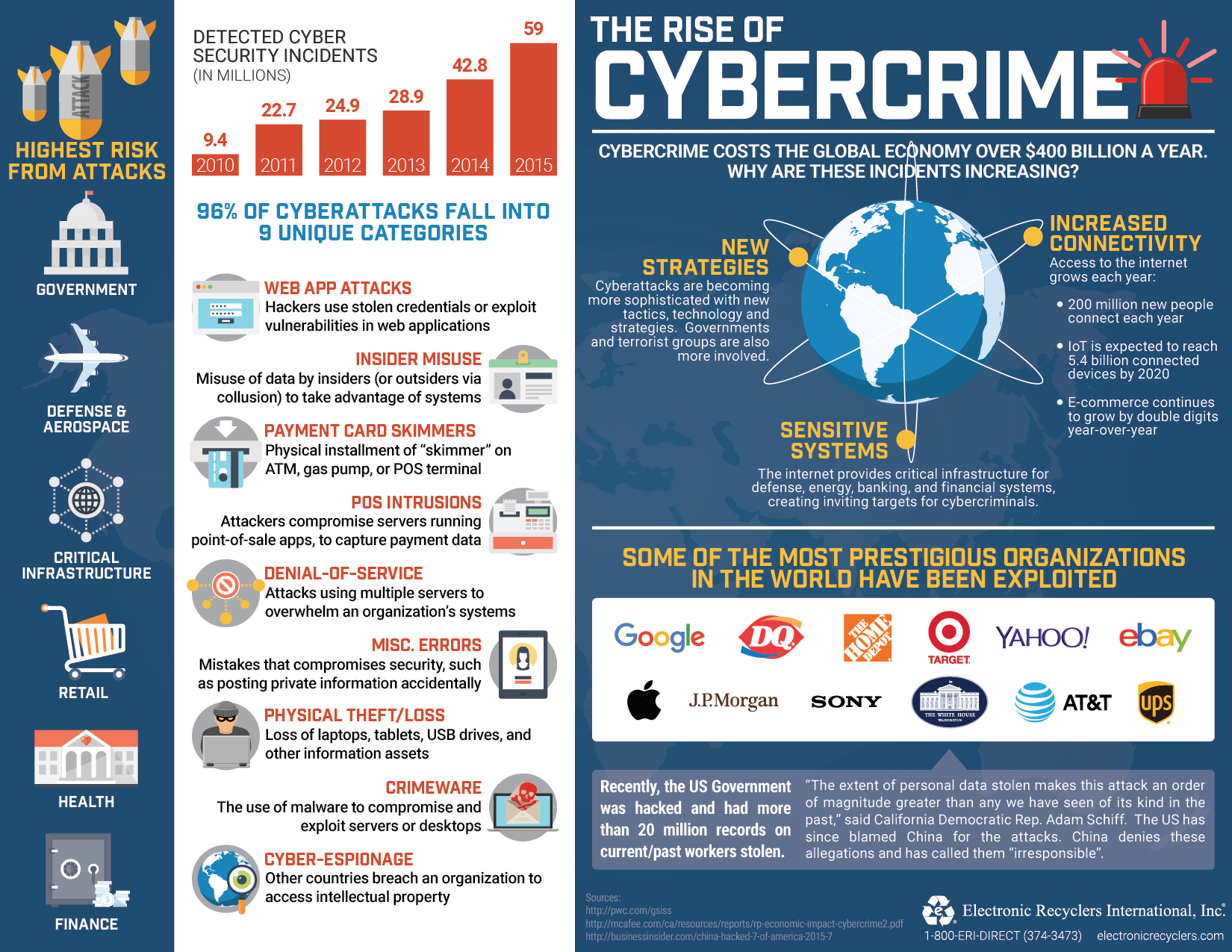In today’s digital age, the internet has become an integral part of our daily lives. It has revolutionized the way we communicate, shop, work, and socialize. However, with the benefits of the internet also come risks, particularly in the form of cybercrime. Cybercrime refers to any illegal activity carried out using digital devices and networks. In this article, we will explore the dark side of the internet and delve into the world of cybercrime, examining its impacts on individuals, businesses, and society as a whole.
The Rise of Cybercrime
As technology continues to advance, so too does cybercrime. Hackers and cybercriminals are constantly finding new ways to exploit vulnerabilities in computer systems and networks for financial gain or malicious intent. Common forms of cybercrime include phishing scams, ransomware attacks, identity theft, and online fraud. The proliferation of connected devices and the growing reliance on the internet for everyday tasks have only served to make individuals and organizations more vulnerable to cyber threats.
Impacts of Cybercrime
The impacts of cybercrime can be devastating, both on a personal and societal level. Individuals who fall victim to cybercrime may experience financial losses, identity theft, emotional distress, and a loss of trust in online platforms. Businesses are also at risk of significant financial losses, reputational damage, and legal consequences as a result of cyber attacks. In addition, cybercrime can have far-reaching consequences for society, including threats to national security, disruptions to critical infrastructure, and the spread of misinformation and propaganda.
Protecting Against Cybercrime
While the threat of cybercrime is very real, there are measures that individuals and organizations can take to protect themselves. This includes using strong, unique passwords, keeping software and security systems up to date, being cautious of phishing emails, and avoiding suspicious websites and links. Businesses can also benefit from investing in cybersecurity training for employees, implementing multi-factor authentication, and regularly conducting security audits. By taking proactive steps to enhance their digital security, individuals and organizations can reduce their risk of falling victim to cybercrime.
Conclusion
In conclusion, cybercrime is a pervasive and growing threat in today’s digital world. As technology continues to advance, so too must our efforts to protect ourselves from cyber threats. By understanding the risks of cybercrime, implementing best practices for digital security, and staying vigilant against online threats, individuals and organizations can safeguard their sensitive information and mitigate the impact of cyber attacks. Together, we can work towards a safer and more secure internet for all.


